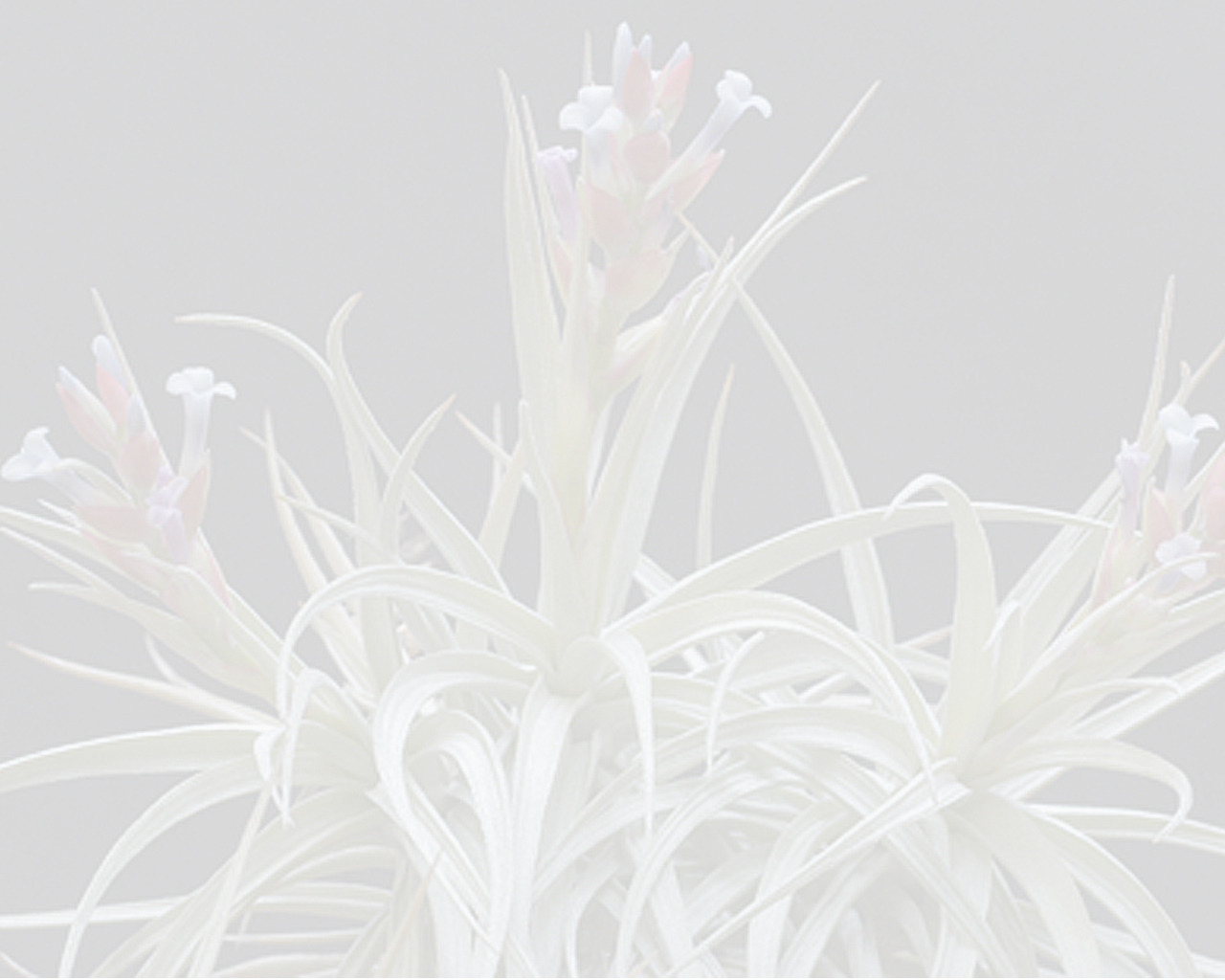

 Tillandsia aesii I.Ramírez & Carnevali[as Tillandsia aesii I. Ramirez & Carnevali]
Tillandsia aesii I.Ramírez & Carnevali[as Tillandsia aesii I. Ramirez & Carnevali]Diagnose: —Haec species Tillandsiae makoyanae affinis est sed rosula aperta, superficie adaxiali foliorum viride non cinerea; inflorescentia breviore, spicis paucioribus ceraciter vestitis; floribus actinomorphis cylindricis cum sepalis petalisque et stigma viridibus differt. Observations: —Tillandsia aesii is phenetically similar and probably phylogenetically closest to T. makoyana, a species that commonly features a rosette of straight, erect (not twisted and spreading) leaves. Tillandsia makoyana, furthermore, displays purple or light purple flowers and a slightly zygomorphic corolla as opposed to the actinomorphic, green, tubular corolla of T. aesii. Both species have been collected at varying elevations ranging from sea level to ca. 2000 m, but T. aesii has only been collected at elevations from sea level to ca. 600 m and in dryer environments.
At least three other vegetatively similar taxa in the Tillandsia utriculata complex display pale flowers. The widespread T. utriculata features longer, thinner (easy to bend) peduncles and branches and the smaller, white corollas are gibbous or somewhat inflated with the petals convergent at apex. Tillandsia dasyliriifolia and T. limbata are easily distinguished from T. aesii by their inflorescences with much longer peduncles bearing flowers with white, slightly zygomorphic corollas. Tillandsia aesii is further distinguished from these two taxa by the proportionally smaller rosette of stiff leaves that are slightly twisted. In addition, T. dasyliriifolia and T. limbata are restricted to the humid lowlands of the Gulf Coast of Mexico (T. limbata) or to the Yucatan Peninsula (T. dasyliriifolia).Edited from (14-11-2014): Novon. (protologue) .